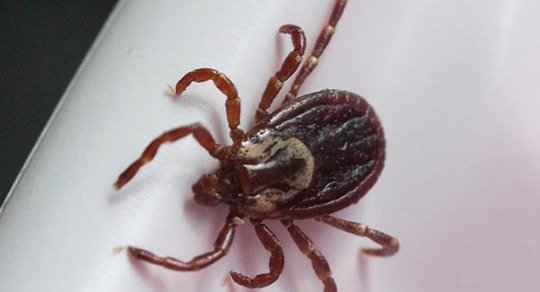Ticks can be a significant problem for many homeowners. These tiny pests often lurk in the grass and shrubs. Their bites can lead to serious health issues.
So, how can you effectively protect your home? This guide will explore various pest control solutions tailored to tick control. We will discuss effective strategies you can implement right away.
Understand tick behavior and habitats. By knowing where they thrive, you’re one step closer to prevention.
With proper tick pest control methods, you can enjoy your yard without worry. Let’s dive in.
Understanding Ticks
Let’s take a closer look at these tiny pests. Ticks are arachnids, making them relatives of spiders and scorpions. They have eight legs and vary in size depending on their species.
Ticks are parasitic, meaning they feed on the blood of their hosts. These can range from animals like deer and mice to humans.
Ticks thrive in warm and humid environments, making them more active during the summer months. They tend to hide in tall grass, shrubs, and leaf litter. When a host passes by, they attach themselves with their sharp mouthparts and start feeding on their blood.
Identifying Tick Species
Know the different tick species to control them. The most common types of ticks in North America are Blacklegged ticks, Lone Star ticks, and American Dog ticks.
Each of these species has distinct markings and behaviors. By identifying the type of tick infesting your home, you can tailor your pest control measures.
Tick Pest Control Strategies
Let’s dive into effective strategies for controlling them in your home. These include:
Create a Tick-Free Zone
One way to prevent ticks from entering your home is by creating a designated tick-free zone. This area should be well-maintained with short grass and minimal shrubbery. Regularly mow your lawn and remove any dead leaves or debris where ticks may hide.
Use Natural Tick Repellents
There are several natural tick repellents you can use in your yard to keep these pests away. These include essential oils like peppermint, lavender, and cedarwood, which have been proven to repel ticks. You can also plant tick-repelling plants such as chrysanthemums, marigolds, and rosemary around your property.
Consider Using Pesticides
If you have a severe tick infestation in your home, it may be necessary to use pesticides as a last resort. Yet, it’s crucial to use these chemicals carefully and according to the instructions. Always wear protective gear when using pesticides and keep children and pets away from treated areas.
Regularly Check for Ticks
Regularly checking yourself, your family members, and pets for ticks can help prevent infestations in your home. After spending time outdoors, check all clothing and exposed skin for ticks.
Maintaining a Tick-Free Environment
To further enhance your tick prevention efforts, consider an ongoing pest management program with EnviroGuard. Their eco-friendly solutions can help you maintain a tick-free environment throughout the year. This ensures your home remains safe for your family and pets.
Consider This Guide for Tick Pest Control
Effective tick pest control is essential for your home. Understanding tick behavior helps you take preventive measures. Regular maintenance of your yard goes a long way.
Use natural remedies alongside pest treatment methods for the best results. Monitor your family and pets for ticks frequently.
If needed, consider professional pest control services. Protect your loved ones and enjoy your outdoor space safely. Taking these steps ensures a tick-free environment year-round.
Did you find this article helpful? If so, check out the rest of our site for more informative content.



